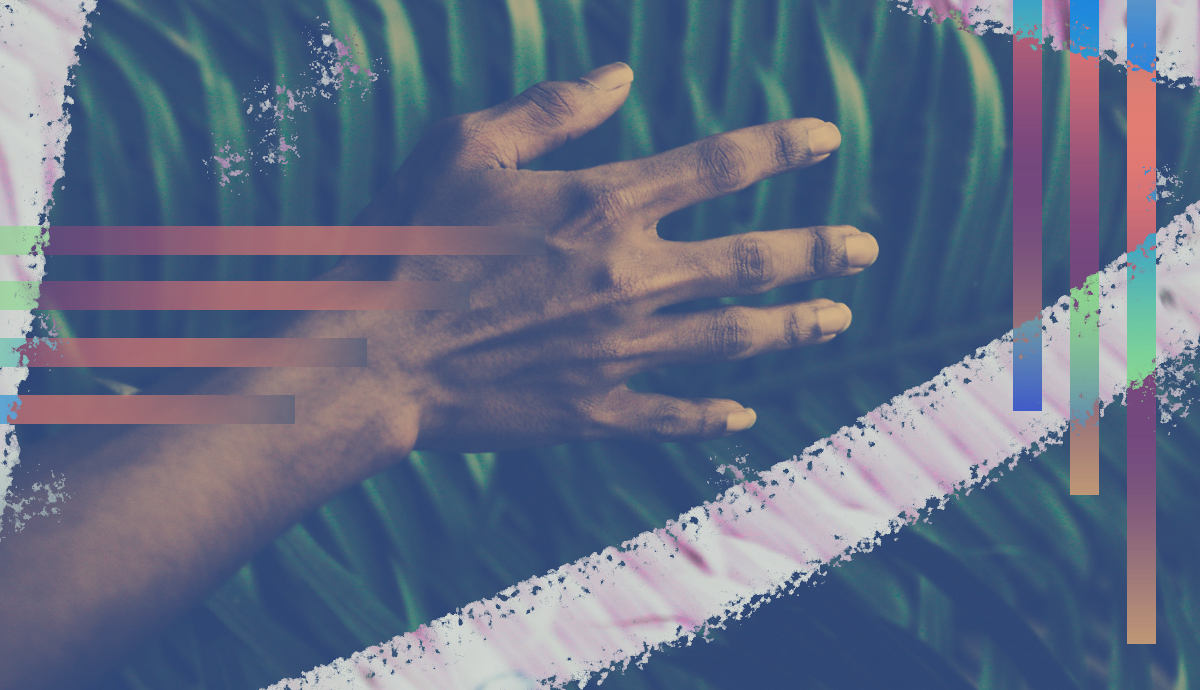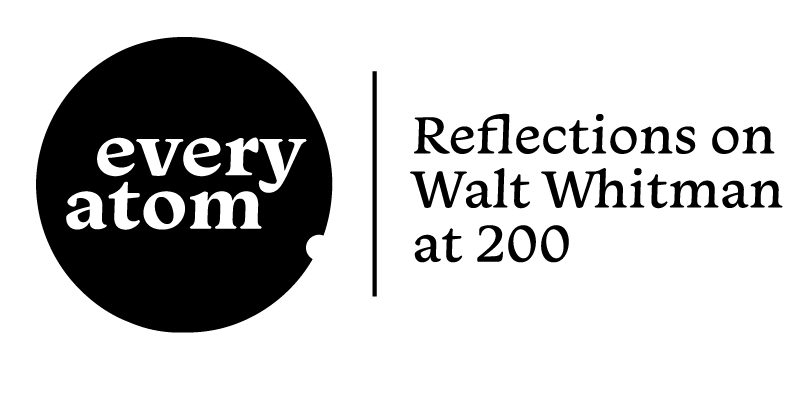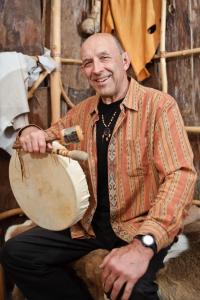Every Atom | No. 98
Introduction to Every Atom by project curator Brian Clements
Of all the poets of America, Walt Whitman was one of the first to see non-white Americans in positive terms. Whitman’s wide embrace of humanity included those of all races.
I’ve always loved the passages in “Song of Myself” which describe caring for a runaway slave and then offer the heroic picture of an African American teamster in a later section.
His glance is calm and commanding . . . . he tosses the slouch of his hat away from his forehead,
The sun falls on his crispy hair and moustache . . . . falls on the black of his polish'd and perfect limbs.
I’m not saying Whitman avoided stereotypes in depicting people of color. Yet in his portraits of Native Americans, he found more truth than most of the writers before him. Yes, we have Longfellow’s romantic “Song of Hiawatha,” (which is actually about the Anishinabe culture hero Manabozho and not the Iroquois co-founder of the Great League of Peace) with its retelling of traditional tales and its trochaic meter borrowed from the Finnish Kalevala.
But nowhere in 19th century American poems other than his have I found such realistic images as that of the white fur trapper marrying a red girl in “Song of Myself” or Whitman’s description of a sacred pipe ceremony in “Our Old Feuillage”:
In arriere the peace-talk with the Iroquois, the aborigines, the calumet, the pipe of good will, arbitration, and indorsement,
The sachem blowing the smoke first toward the sun and then toward the earth…
Whitman was also drawn to Native names. My favorite example of Whitman’s love of indigenous words occurs in “Starting from Paumanok”:
The red aborigines,
Leaving natural breath, sounds of rain and winds, calls as of birds and animals in the woods, syllabled to us for names,
Okonee, Koosa, Ottawa, Monongahela, Sauk, Natchez, Chattahoochee, Kaqueta, Oronoco,
Wabash, Miami, Saginaw, Chippewa, Oshkosh, Walla-Walla
Admittedly, Whitman never countered the stereotype of the “vanishing redman,” as the next lines in that poem indicate:
Leaving such to the States they melt, they depart, charging the water and the land with their names.
As a non-melted Abenaki poet, I have to disagree with that image of our departure, although that assumption of the imminent doom of our indigenous cultures should not be surprising to anyone, considering the tenor of Whitman’s times.
Throughout his work there’s also a note of triumphalism—a celebration of the American “conquest” of the continent. Only four lines later, in the next section of that same poem, Whitman trumpets the arrival of “A new race dominating previous ones…”
But that should not be taken as an endorsement of white nationalism. People of color, wherever they appeared in Whitman’s work, were presented as a part of the American fabric, neither demonized nor viewed as an impediment to his beloved nation’s grand destiny. Whitman’s imagined “new race,” I’m sure, included the descendants of the runaway slave and the trapper and his “red girl.” Even when Walt was wrong, he still embraced us all.
Recommended
Nor’easter
Post-Op Appointment With My Father
Cedar Valley Youth Poet Laureate | Fall 2024 Workshop







